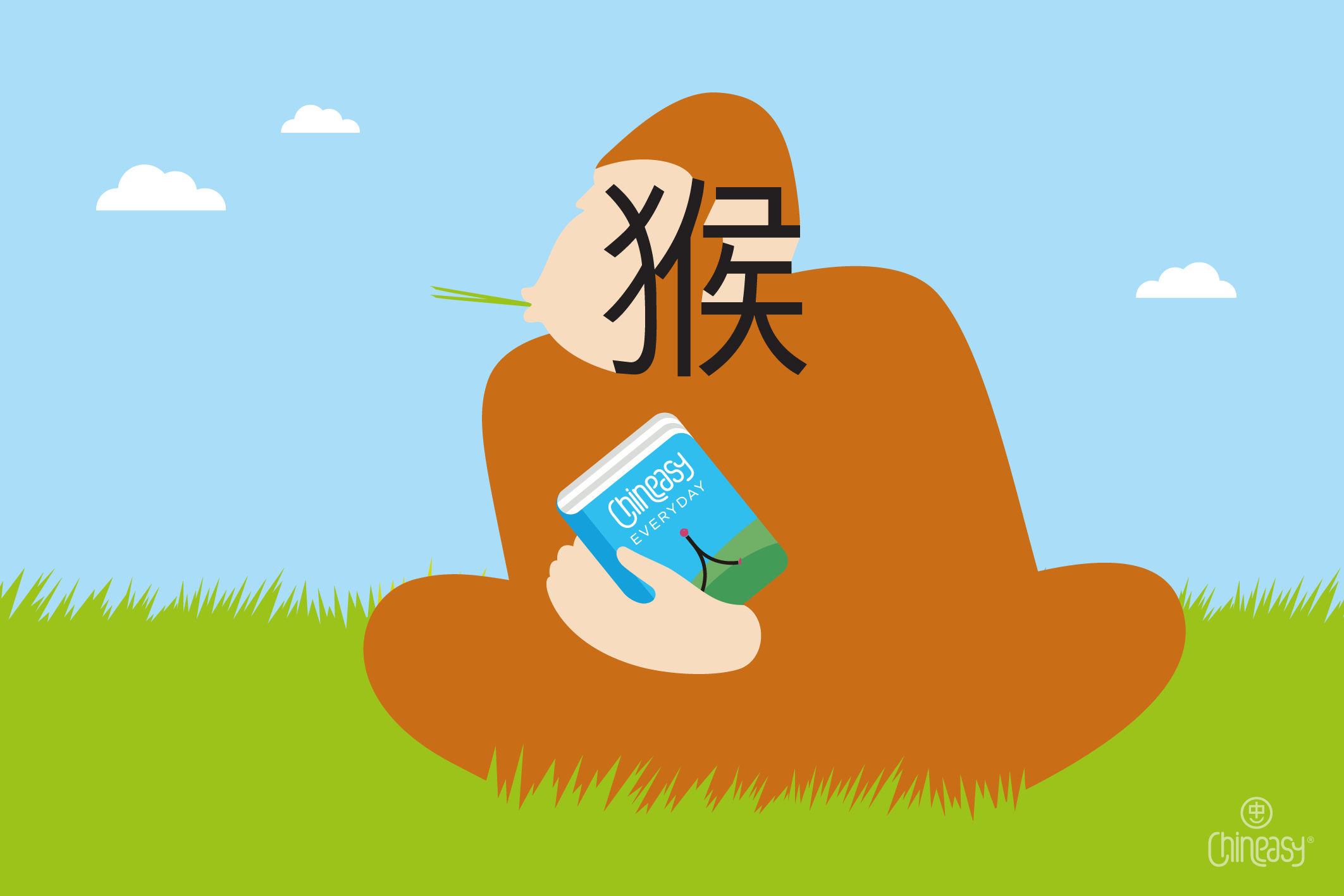Join us at the heart of Chinese New Year celebrations – the bustling, aromatic kitchen, where family ties are strengthened, and culinary traditions are passed down through generations.
The revered New Year’s Eve dinner (年夜飯/年夜饭; nián yè fàn) is not merely a feast but a symphony of flavors and symbols, representing blessings, prosperity, and joy for the year ahead.
Each dish, meticulously crafted and rich in symbolism, carries heartfelt wishes. While regional and family customs may vary, some gastronomic delights are cherished across all tables during this vibrant festival.
So, let’s embark on a flavorful journey, exploring four quintessential dishes that grace the Chinese New Year, or the Spring Festival (春節/春节; chūn jié), weaving taste and tradition into an unforgettable tapestry of celebration!
Fish 魚/鱼
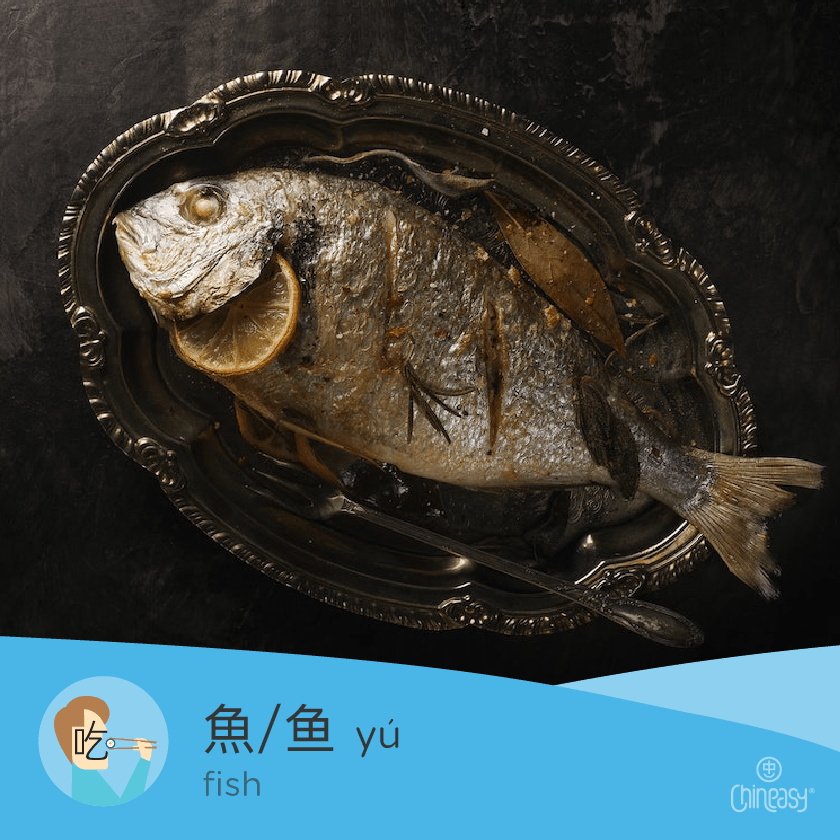
Photo credit to @phototastyfood from Unsplash
Fish is a must during the Chinese New Year because it symbolizes surplus and wealth.
In Chinese, 魚/鱼 (yú; fish) has the same pronunciation as 餘/余 (yú), which means surplus or extra. The typical blessing is 年年有餘/年年有余 (nián nián yǒu yú), meaning “May the year bring prosperity.”
Leaving leftovers for the next day is important because this signifies that prosperity will overflow.
Dumplings 餃子/饺子
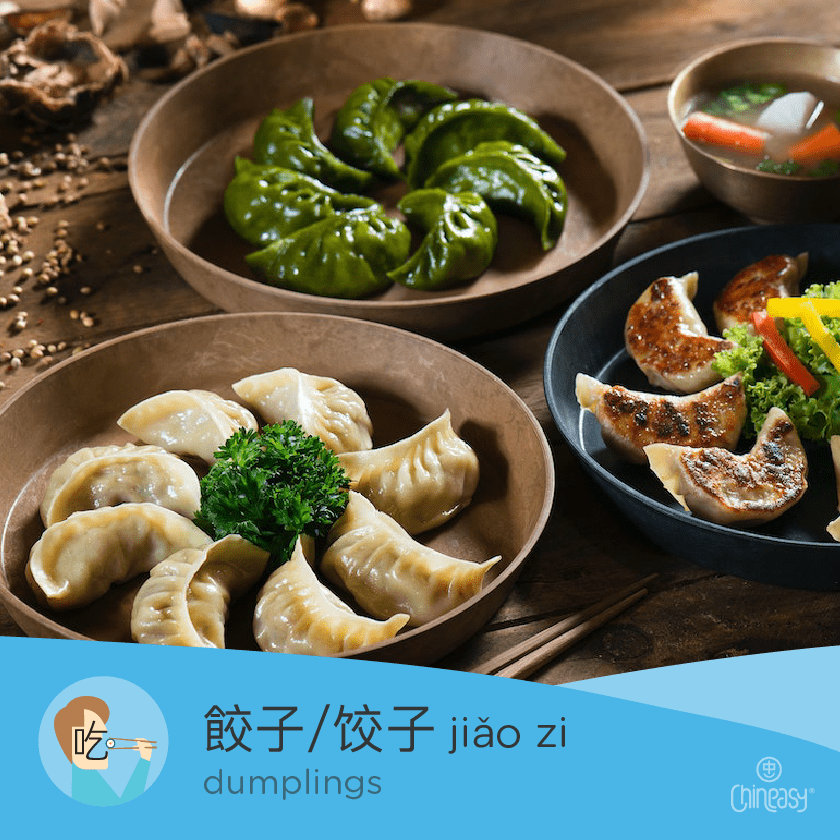
Photo by Abhishek Sanwa Limbu on Unsplash
The dumpling (餃子/饺子; jiǎo zi) is a traditional lucky food in Chinese culture and enjoys worldwide popularity.
Chinese dumplings can be made to look like Chinese silver ingots, or sycee, a valuable currency used in China until the 20th century.
Legend has it that the more dumplings you eat during the Chinese New Year celebrations, the more money you can make in the new year.
When it comes to flavors, there are many different types of fillings. Typically, they include Chinese cabbage, green onion, pork and shrimp.
Some regions will also put a coin in a random dumpling. Whoever eats it will have great luck that year!
Chicken 雞/鸡 (jī)
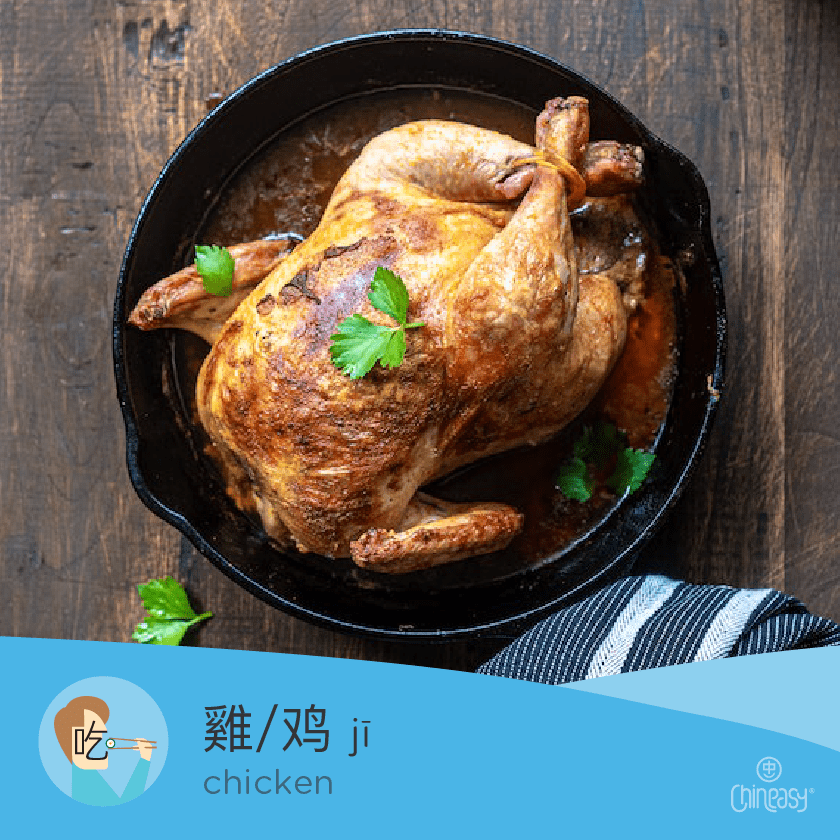
The chicken (雞/鸡; jī) should be served whole with the head and the feet attached. This connotes unity and a good marriage between families.
Some believe that chicken during the new year also represents rebirth. Traditionally, families will also offer chicken to deceased ancestors for other-worldly blessings and protection.
Spring rolls 春捲/春卷 (chūn jǔn)
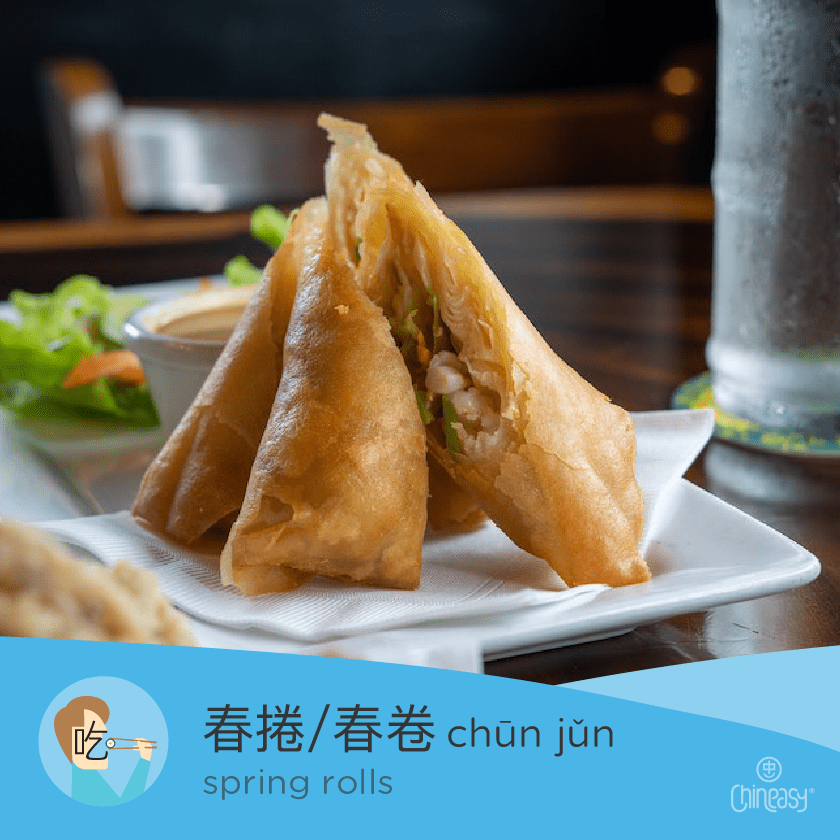
Photo by Alexandra Tran on Unsplash
Typically, spring rolls (春捲/春卷; chūn jǔn) are eaten on the first day of spring (立春; lì chūn). They can appear on the table as a dinner dish, appetizer or snack. Most are familiar with the deep-fried version of spring rolls.
Throughout China, spring rolls can also be steamed or baked. Size and shape vary from small rectangles to large flat circles.
The golden color of the fried spring rolls represents gold bars—which, of course, symbolize wealth.
Here you go – the four Chinese New Year dishes. We’ve unwrapped the stories and symbolism encapsulated in fish (魚/鱼; yú), dumplings (餃子/饺子; jiǎo zi), chicken (雞/鸡; jī), and spring rolls (春捲/春卷; chūn jǔn) – each dish is a delicious narrative of prosperity, unity, and renewal in Chinese New Year celebrations.
From the auspiciousness of a whole fish to the wealth symbolized by golden spring rolls, every bite taken during 年夜飯 (nián yè fàn) carries forward both tradition and an aspiration for the forthcoming year.
May your festivities be filled with these flavors of fortune and the warmth of gathered loved ones!

